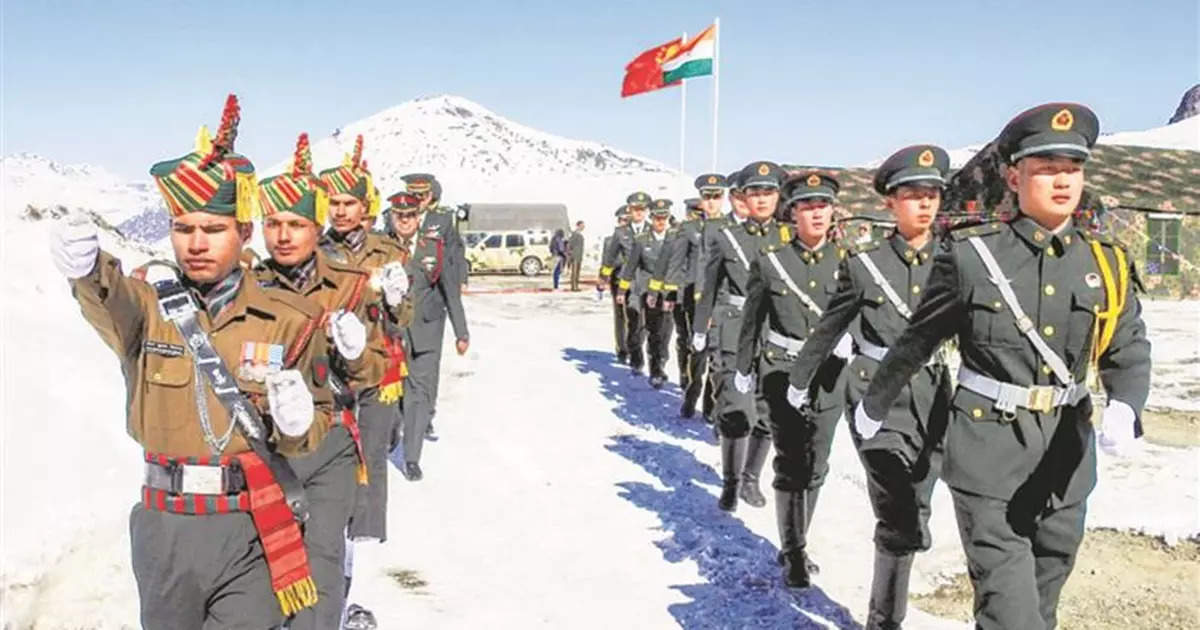
A Line Divided: The Frayed Edges Will Remain

The Ministry of External Affairs (MEA) released its Annual Report 2021-22 on March 13. The report notes: “Since April-May 2020, the Chinese side undertook several attempts to unilaterally alter the status quo along the Line of Actual Control (LAC) in Western Sector, which seriously disturbed the peace and tranquility along the LAC in the Western Sector. These attempts were invariably met with an appropriate response from Indian Armed Forces. However, the continued unilateral attempts by China to change the status quo have impacted the bilateral relationship since then.”
As the standoff in Eastern Ladakh along the Line of Actual Control (LAC) approaches its fourth year, tensions remain high. While there has been some disengagement from the areas of Galwan, Pangong Tso, and Hot Springs, an agreement on Depsang and Demchok remains elusive. The Army Chief, General Manoj Pande, has described the situation as ‘stable but unpredictable.’ The 2023 Annual Threat Assessment of the U.S. Intelligence Community states, “The expanded military postures by both India and China along the disputed border elevate the risk of armed confrontation between two nuclear powers.”
In the current environment, what, realistically, are the prospects of resolving the India-China border crisis and improving bilateral relations? Several factors could potentially contribute to the resolution, including managing geopolitical differences, diplomacy, establishing confidence-building measures (CBMs), military posture, public perceptions, and economic engagement. Each of these factors will be examined in this article.
Managing Geopolitical Differences
India and China are two emerging powerhouses in Asia, vying for influence in the region. This inevitably leads to a strategic rivalry, which in this case is amplified by an unsettled border between the two countries. The dynamics of this rivalry have been unfolding for decades. In his book, The Grand Chessboard published 25 years ago, Zbigniew Brzezinski wrote, “Geography is…an important factor driving Chinese interests in making an alliance with Pakistan and establishing a military presence in Burma. In both cases, India is the geostrategic target. Close military cooperation with Pakistan increases India’s security dilemma and limits India’s ability to establish itself as a regional hegemon in South Asia and as a geopolitical rival to China.”
India has been increasingly concerned about China’s growing influence in South Asia, its extensive infrastructure investments under the Belt and Road Initiative, the establishment of a network of ports and military facilities across the Indian Ocean, and the expanding presence of the PLA Navy in the region. Recently, the Indian Navy Chief, Admiral Hari Kumar, stated that China had inducted 148 ships in the last 10 years, which is the total size of the Indian Navy.
India-China bilateral ties are also influenced by the great power rivalry currently playing out between China and the U.S. The Chinese strategic community and leadership view India’s relations with the U.S. as aimed at balancing China. Former foreign secretary Vijay Gokhale notes in his paper published by Carnegie India, “the correlation between the growing strategic relationship between Delhi and Washington and the deteriorating ties between Delhi and Beijing seem to bear out the basic premise… that China sees India mostly through the lens of China’s relationships with the United States, Russia, and other great powers.”
These deep-rooted geopolitical differences appear to be irreconcilable obstacles to cooperation in the short term. The problem is also exacerbated by China’s view that the power differential between the two countries permits Beijing to use coercive force. As Gokhale points out, “there has been a low geopolitical cost for China for its use of coercion against India, and that it has consistently used militarized coercive tools for this reason.” Thus, China’s use of military force along the LAC will always remain a possibility.
Diplomacy
Both countries have shown a willingness to engage in diplomatic negotiations. The foreign ministers have met on regular occasions, both bilaterally and on the sidelines of G-20, SCO, and BRICS meetings. In addition, 12 meetings of the Working Mechanism for Consultation & Coordination on India-China Border Affairs (WMCC) have been held since May 2020, focused on “restoration of peace and tranquility along the LAC in Western Sector” and to “create conditions for restoration of normalcy in bilateral relations.” Seventeen rounds of Senior Military Commanders meetings have also been held in Ladakh.
While these dialogues have resulted in some disengagement, the problem lies in how both countries view the situation at the LAC. India has reiterated on every occasion that the current state of relations is “abnormal,” and bilateral ties will continue to be adversely impacted unless the situation at the LAC is resolved. China, on the other hand, has taken the view, as stated by Beijing’s envoy Sun Weidong in Sep 2022, that “the phase of emergency response since the Galwan Valley incident has basically come to an end, and the border situation is now switching to normalized management and control.”
External Affairs Minister Dr. S. Jaishankar has very bluntly stated, “You can’t violate agreements and then want the rest of the relationship to continue as though nothing happened. That’s just not tenable.” Unless China shows a greater sensitivity to the Indian position, diplomacy will yield only limited results.
Confidence Building Measures
Since 1993, India and China have signed a series of agreements to maintain peace and tranquility along the LAC. These include the Border Peace and Tranquility Agreement (1993), Agreement on Confidence-Building Measures in the Military Field Along the LAC (1996), Agreement on the Political Parameters and Guiding Principles for the Settlement of the India-China Boundary Question (2005), and Border Defense Cooperation Agreement (2013). All these agreements ensured that armed confrontation had been avoided despite the LAC’s disputed nature.
All this changed after the deadly clash at Galwan in June 2020. Dr S Jaishankar has stated that China did not observe these agreements and attempted to unilaterally change the LAC. During the meeting between the foreign ministers of the two countries in Moscow in September 2020, they had “agreed that as the situation eases, the two sides should expedite work to conclude new Confidence Building Measures to maintain and enhance peace and tranquility in the border areas.”
Although some disengagement has taken place, the situation has not eased. As Dr Jaishankar recently pointed out in the India Today Conclave, the Chinese have yet to deliver on the in-principle agreement made in Moscow. In the absence of CBMs, tensions will run high along the LAC.
Military Posture
The military posture along the LAC has become increasingly hardened and confrontational. Since May 2020, the Indian Army has deployed six additional divisions on the border, including an offensive corps. The People’s Liberation Army (PLA) brought in 60,000 soldiers in 2020 when it carried out incursions in Eastern Ladakh. Three years later, there has been no thinning out of this deployment.
Infrastructure development aimed at improving military capability to conduct operations has speeded up on both sides. The Border Roads Organisation has built roads spanning 2,100 km along the northern borders in the last five years. Habitat for 55,000 troops and 500 tanks, and 400 guns has been created in Eastern Ladakh. There is similar activity across the LAC with the upgradation of roads, bridges, helipads, and airfields in Tibet.
With the enhancement of force levels and suspicions running high, there are chances of violent patrol clashes. Such a clash happened at Yangtse, Arunachal Pradesh, in December 2022 when hundreds of PLA troops attempted to intrude across the LAC. Indian Army soldiers resisted them, and in the ensuing fight with rods and batons, there were injuries on both sides before the PLA was forced to retreat.
Dr Jaishankar has described the current situation as “very fragile” and “quite dangerous” in military assessment due to the close deployment of troops in some areas. Even if disengagement is completed and troops relocate from areas of close deployment, the overall military posture is unlikely to be diluted.
Public Perceptions
Public opinion shapes the political environment and influences the decisions and actions of policymakers. The India Today Mood of the Nation poll taken after the Galwan clash showed a very high level of distrust about China. An overwhelming 84 per cent of the respondents believed Xi Jinping had betrayed Modi. Ninety-one per cent believed that the government’s banning of Chinese apps and denying contracts to Chinese companies was the right approach to countering Chinese aggression. A majority, 59 per cent, believed that India should go to war with China.
A similar survey by Global Times in China in August 2020 showed that over 70 per cent of Chinese believed that India was being too hostile to them. Nearly 90 percent surveyed supported the government in retaliating strongly against Indian provocations. China has been regularly releasing videos of the Galwan clash to impress upon its citizens that India was to blame for the border incident.
Prevailing public sentiment in both nations leads to a hardening of positions and puts limits on the negotiation strategy.
Economic Engagement
It is often stated that expanding trade and economic ties create incentives to maintain peaceful relations and resolve conflicts. Despite the ongoing standoff at the LAC, trade between India and China has been rising steadily. India-China trade in 2021 was $125.62 billion, an increase of 43.32% year on year, and the first time that trade was greater than $100 billion. In 2022, the total trade climbed to $135.98 billion.
Evidently, practical considerations prevent India from swiftly reducing its dependence on Chinese imports. However, it is doubtful if the trade will become a significant factor in improving the current state of bilateral relations. This is because national security will always have primacy over economics, as stated by Adam Smith in The Wealth of Nations: “Defence is of much more importance than opulence.”
Conclusion
In many ways, 2020 has been the defining year in the future trajectory of India-China relations. The historical context of the border dispute was always a challenge to bilateral ties, but CBMs along the LAC had kept this in the background. However, China’s attempt at military coercion in 2020 has brought all the fault lines in relations out in the open. A realistic analysis suggests that while both nations have engaged in diplomatic negotiations and experienced growth in economic ties, unresolved issues will persist due to strategic geopolitical rivalry, military posturing, breakdown of CBMs, and public sentiment in the countries.
Moving forward, India and China must commit to open and sustained dialogue, addressing not only the border dispute but also the broader geopolitical issues. Trust has been the biggest casualty of the LAC standoff and restoring this will require a sustained effort. It is a reality that China is a more powerful player on the Asian chessboard, but India is also playing with all its pieces and will not simply concede.
Disclaimer
The opinions expressed in this article are the author’s own and do not reflect the views of Chanakya Forum. All information provided in this article including timeliness, completeness, accuracy, suitability or validity of information referenced therein, is the sole responsibility of the author. www.chanakyaforum.com does not assume any responsibility for the same.
Chanakya Forum is now on . Click here to join our channel (@ChanakyaForum) and stay updated with the latest headlines and articles.
Important
We work round the clock to bring you the finest articles and updates from around the world. There is a team that works tirelessly to ensure that you have a seamless reading experience. But all this costs money. Please support us so that we keep doing what we do best. Happy Reading
Support Us






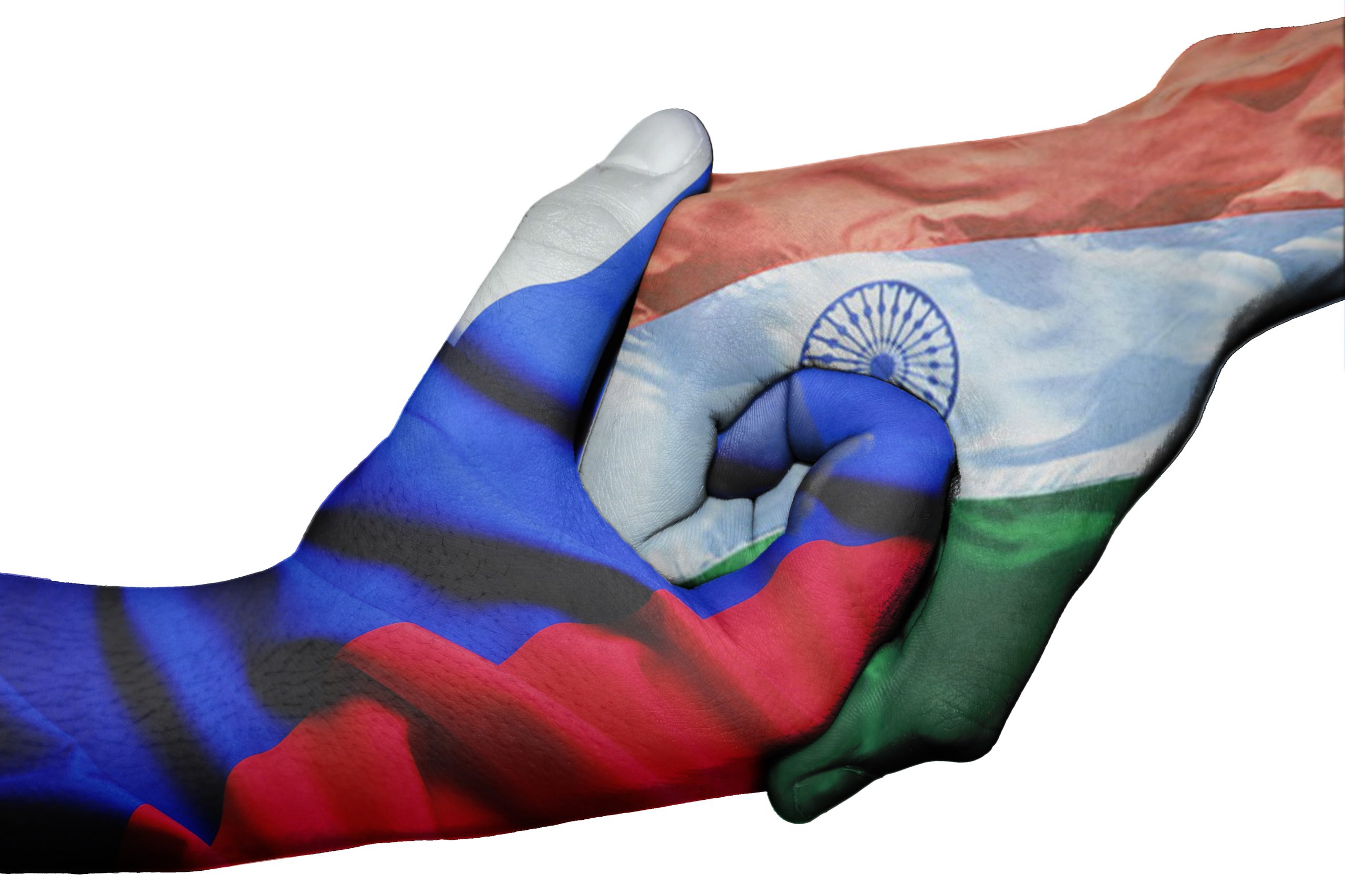
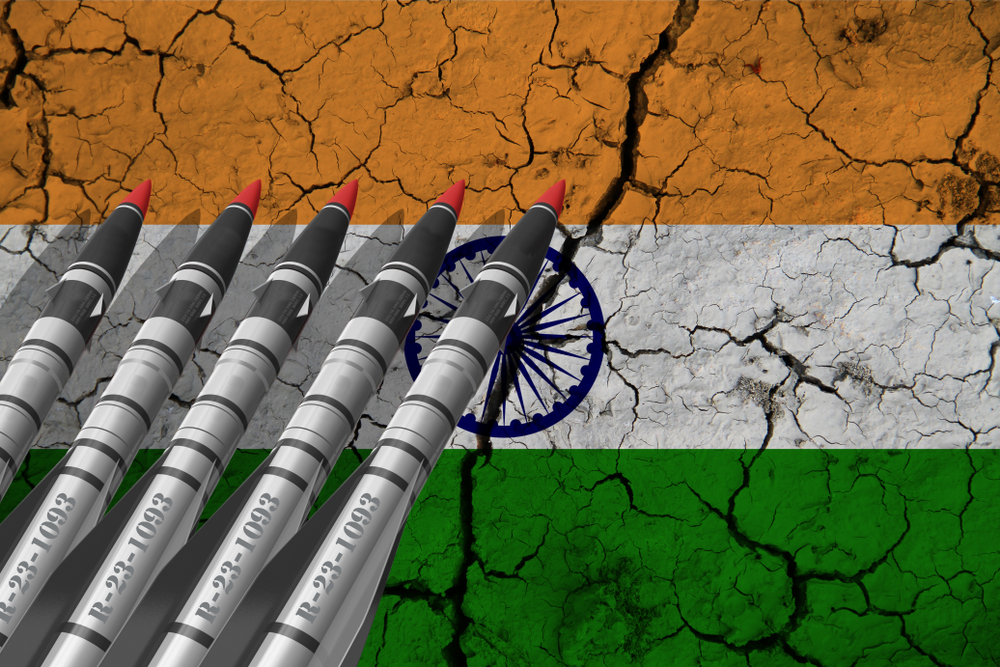

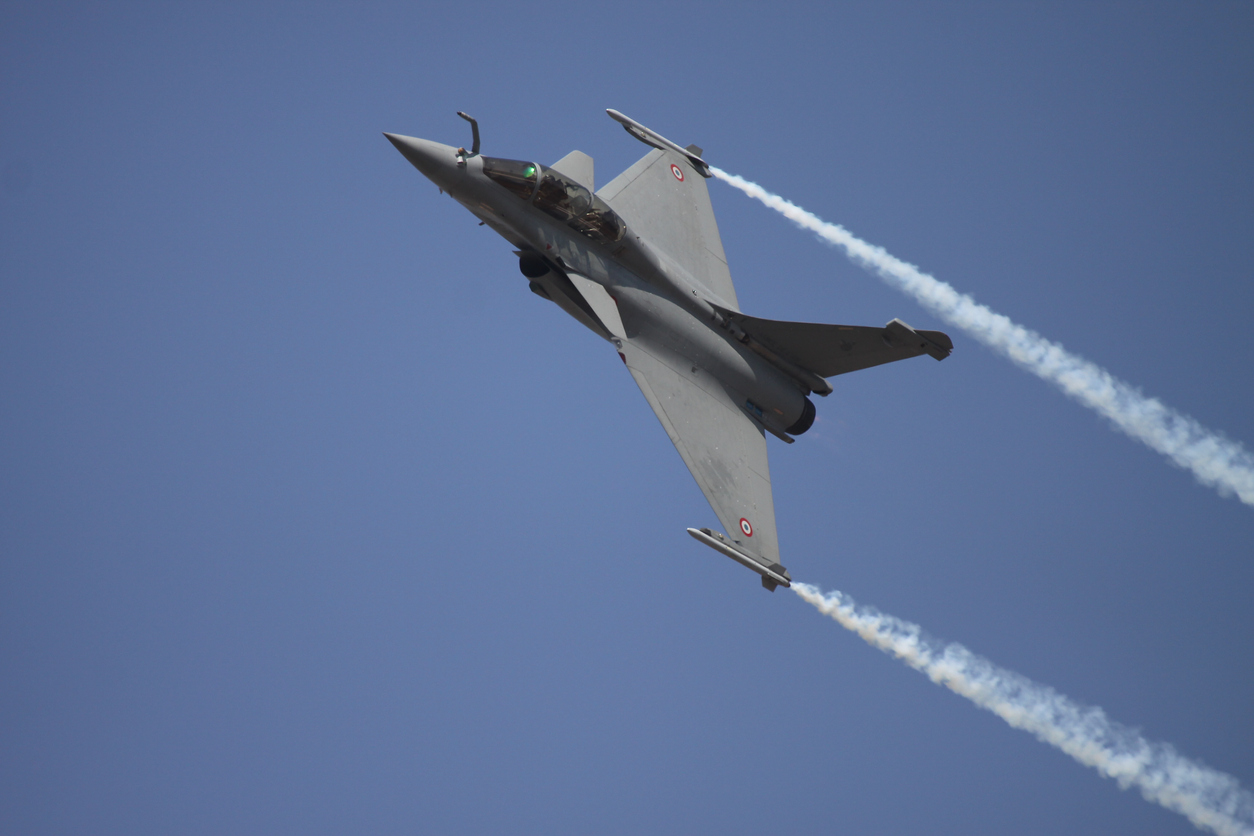
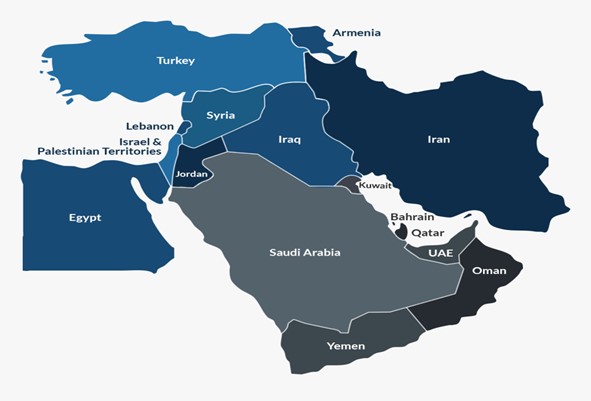

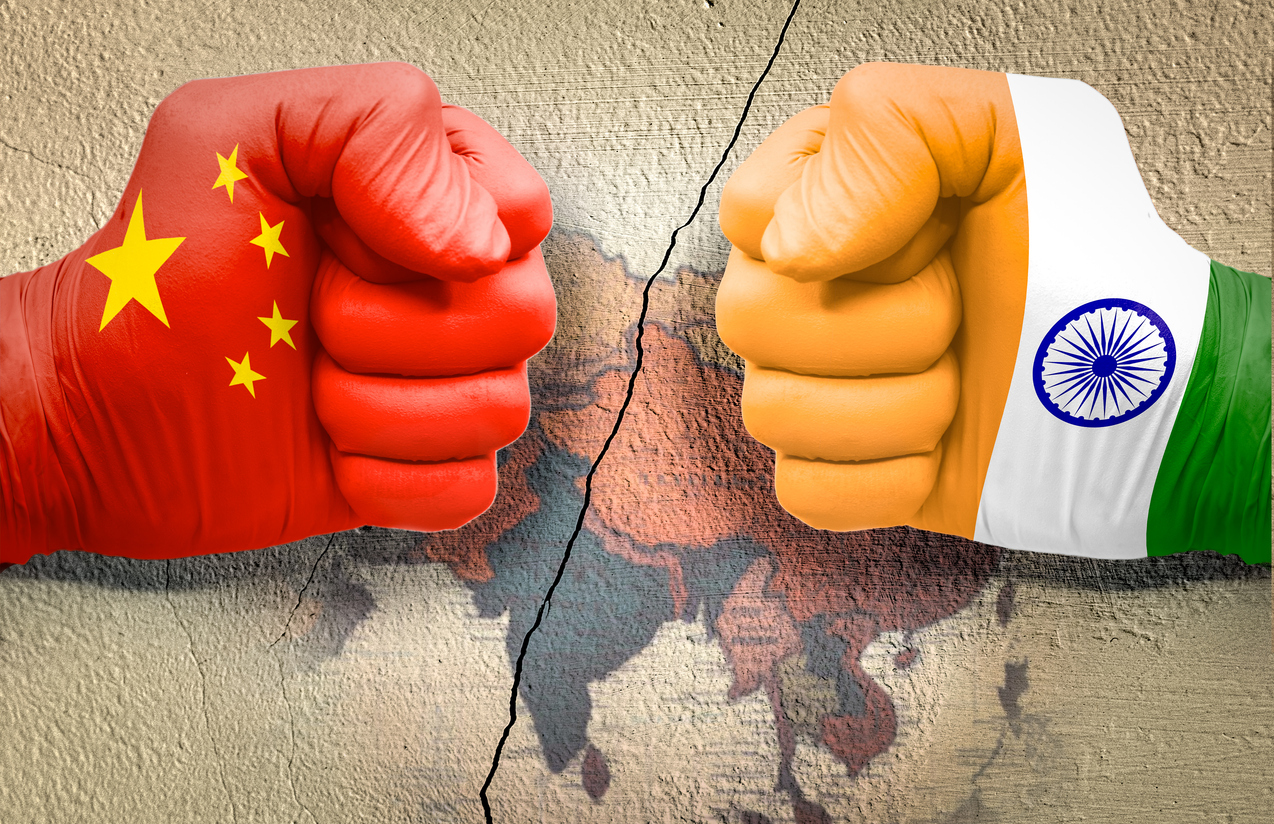
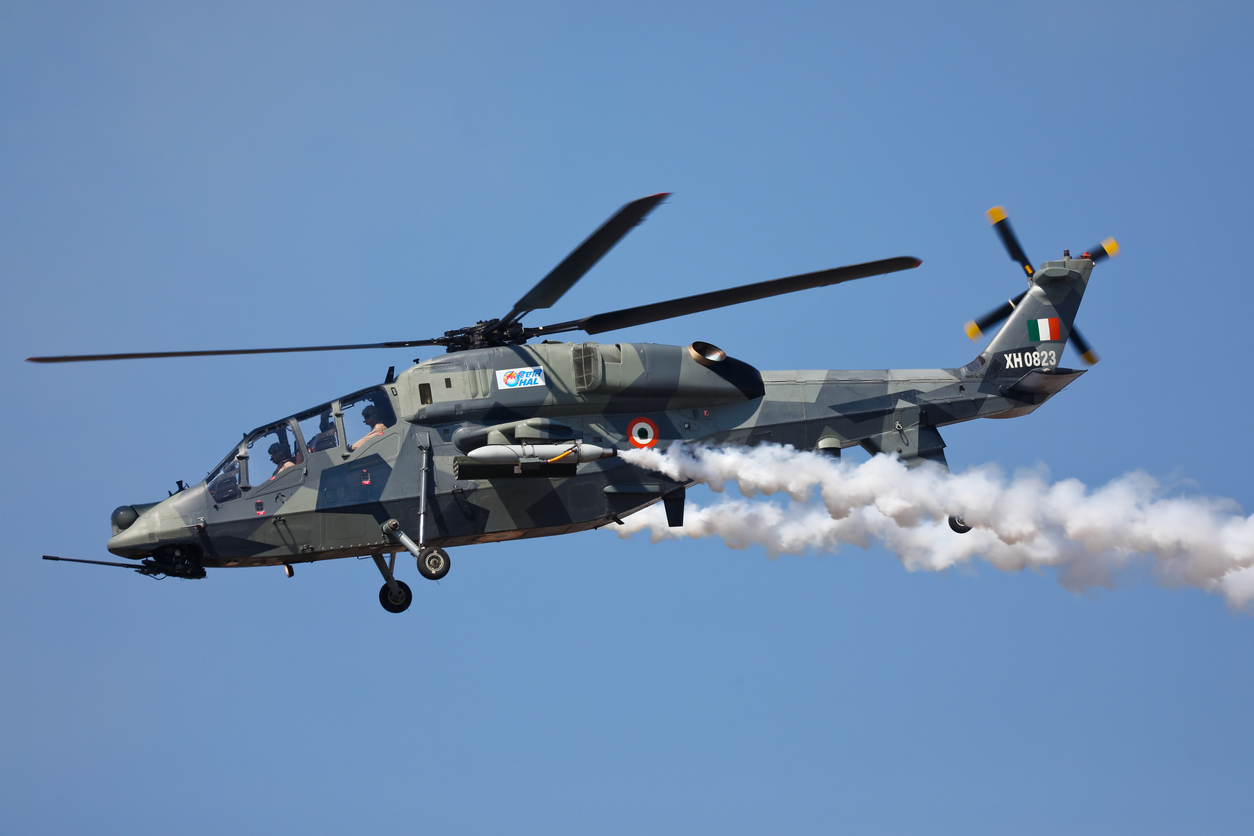
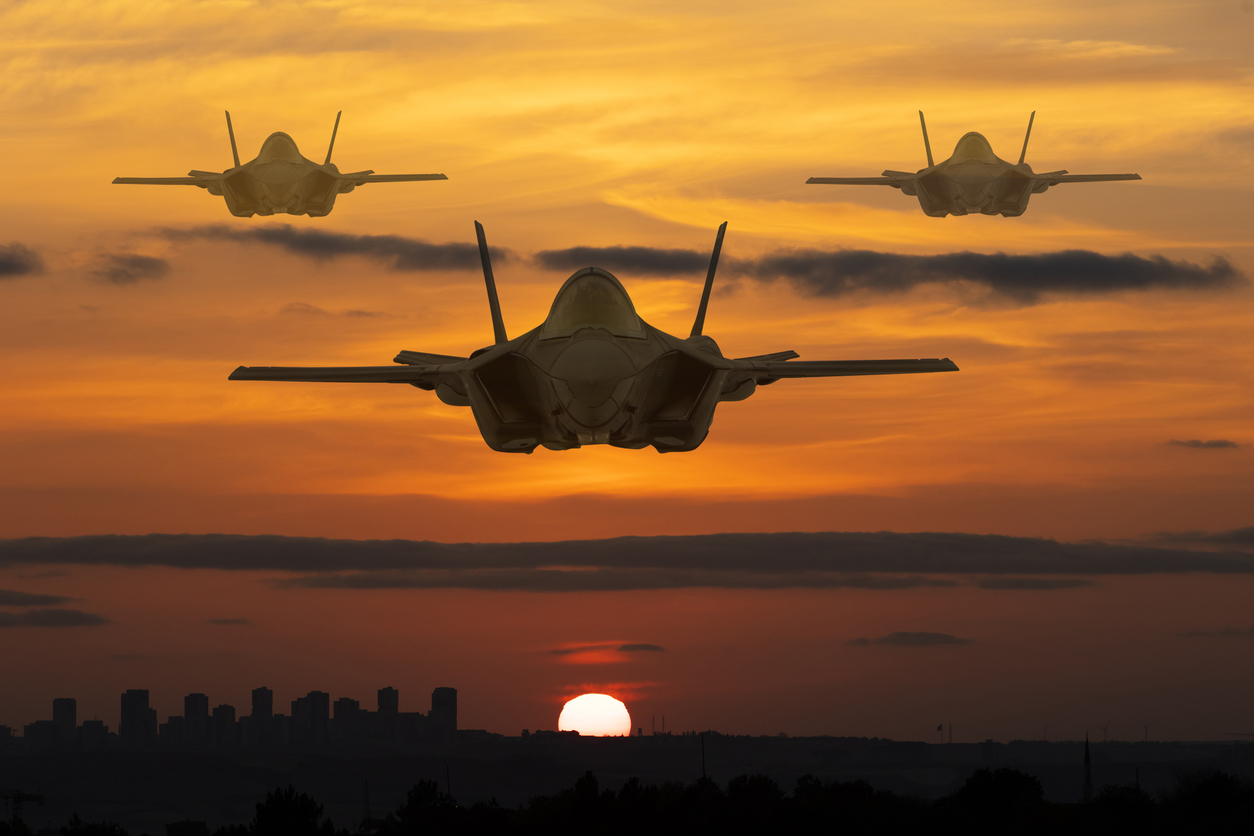






POST COMMENTS (0)